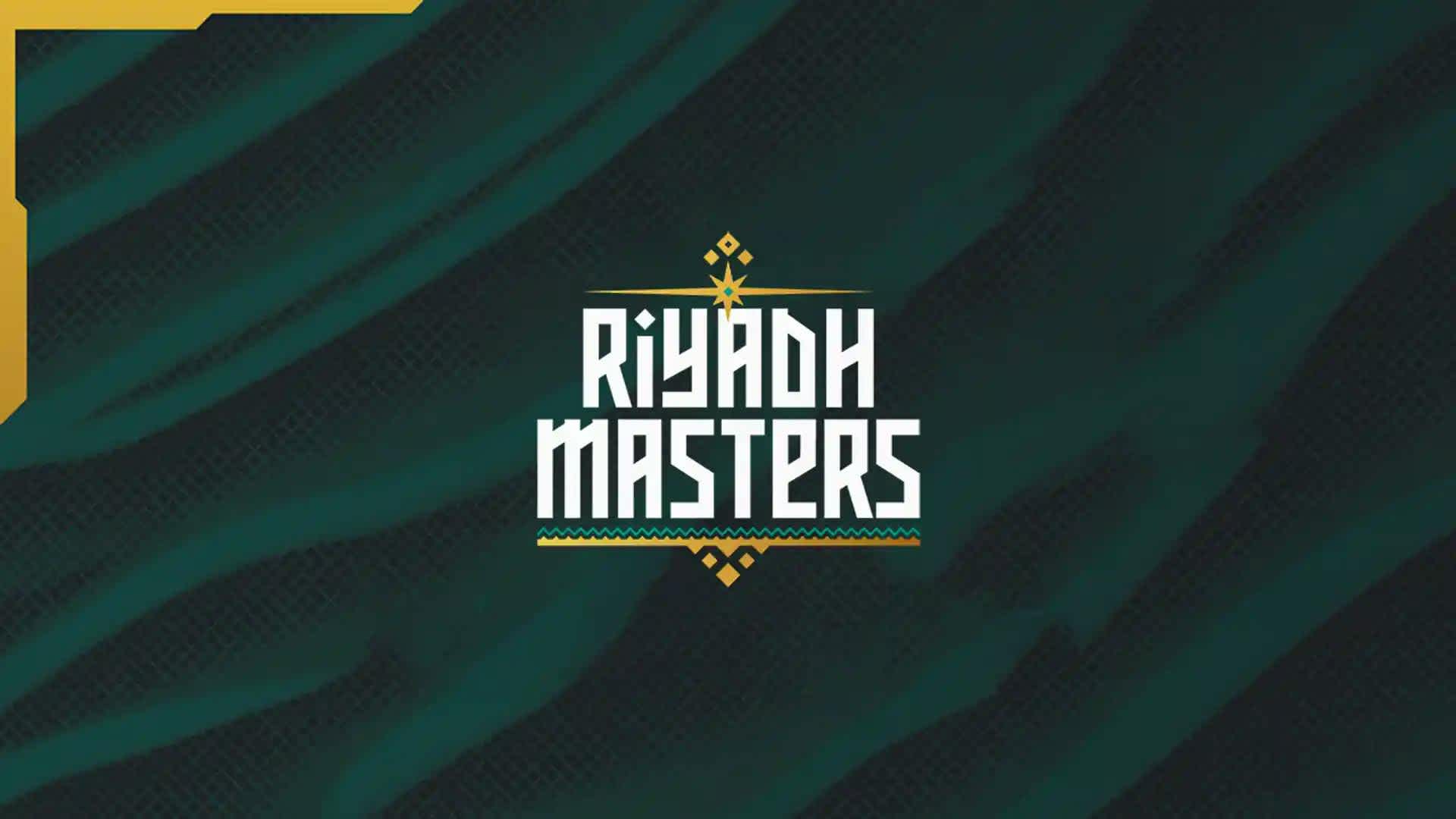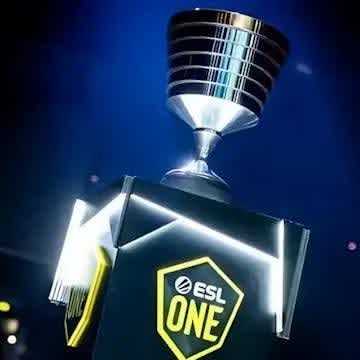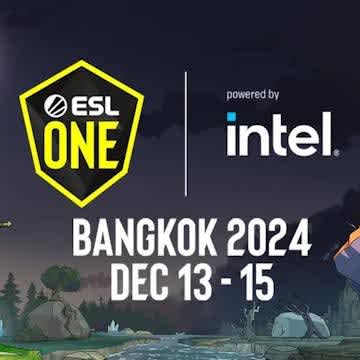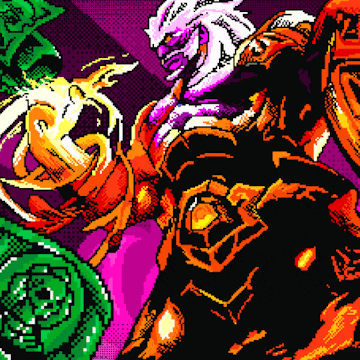Who wants to be a Dota 2 millionaire? (the non-TI edition)
What to make of the mega-bonanza in the desert? Is it an epilogue of the DPC season or a prelude to The International? It’s either a sign of a sandy future in the Dota 2 esports scene or a vivid version of the past, where many tournaments boasted massive prize pools beyond the showpiece event at the end of the season. One thing is for sure: you can’t argue about the stakes.
As the saying goes, the road to Riyadh is paved with good intentions. Last year, $4 million was on the line – now, almost four times as much was made available for the best and brightest of the Dota scene to compete for, with $5 million going to the winners – or, to put it differently, a little more than eight times as much as the total DPC winnings of Gaimin Gladiators this season, a sum they’d match with just a 13-14th finish at this competition.
(If you’re looking to learn more about the tournament’s format and schedule, plus the participating teams, we’ve got you covered. Cliffs Notes:
- Twenty teams participate, eight were directly seeded into the group stage
- The remaining twelve battle it out for the ten qualification spots.

- Play-in: July 19-20.
- The group stage is a single round-robin affair with two eight-team groups, six proceed to the playoffs
- Group stage: July 21-24
- The playoffs stage is the usual stuff: bo3 double elimination and a bo5 grand final.
- Playoffs: July 25-30.
Now, back to the money stuff. All we’re missing is Matt Levine.)
There are many questions about the future of Dota 2 esports. Perhaps a $15 million prize pool is the answer.
It’s no secret that DPC dominance hardly ever translates to TI triumphs, and the recent winners in the form of OG and Tundra have especially been egregious in this regard. By making The International so gigantic, Valve posited themselves an unsolvable riddle: how do you make the yearlong contest that is the DPC relevant and interesting by itself while maintaining the prestige and the standout nature of your showpiece event?
Ultimately, they didn’t, really – and who knows, maybe the folks at Bellevue were right all along. With the competitive gaming landscape getting ever chillier amid the so-called esports winter, as the gushers of VC money continue to dry up and the audience continues to be unwilling to pay for the content, maybe the Blizzard/Riot approach is a bridge too far. Maybe it’s a mirage to see all this as a standalone entertainment product. Maybe it is, and will continue to be, a marketing arm with large prize pools being the cost of doing business – and maintaining interest.
Recently, Puppey has gone on record calling the current DPC format “lackluster” and “pointless,” and it’s tough to argue with the veteran. Such formats in traditional sports make sense when teams across the board have something to play for. Any given Sunday of the Premier League brings battles related to the title tilt, the various opportunities for European qualification, and relegation. It’s that middle bit that is missing from most round-robin esports events, which, coupled with the lack of a home/away dynamic and longstanding institutionalized rivalries, makes most matches feel low in stakes and irrelevant. And that’s before you factor in the longstanding problems with Valve’s ranking system.
Perhaps a $15 million prize pool is the answer.
It certainly was the answer in the past. OG’s Major triple crown (yes, yes, ignore the caveats, please) netted them significantly more money, more than five times as much, than their modern counterparts – a sign of how different those events used to be.
Ultimately, the best the DPC can offer is a set of golden tickets to the grandest-ever event available to any Dota 2 player. That carries weight even without money. This way, other events in the circuit can at least expect top teams to show up when they are invited to participate. Not that there isn’t a cost to this, as Liquid’s recent statement highlights.
Is the return of five-Major system the answer, as Puppey suggested, more of a worldwide affair, with more of Valve along the way? We’re certainly in a brave new world where the interest and finances of esports are very different than what they used to be. TI itself will be very different than what it once was, with the battle passes gone and no one knowing for sure what comes next.
But again, perhaps a $15 million prize pool is the answer – and the tension and the stakes it brings. Maybe it was never about the formats or the venues or the competitive integrity. Maybe it’s the life-saving sums that make the show what it is.
(As for the answer to the question in the title: Gaimin Gladiators. Duh.)






